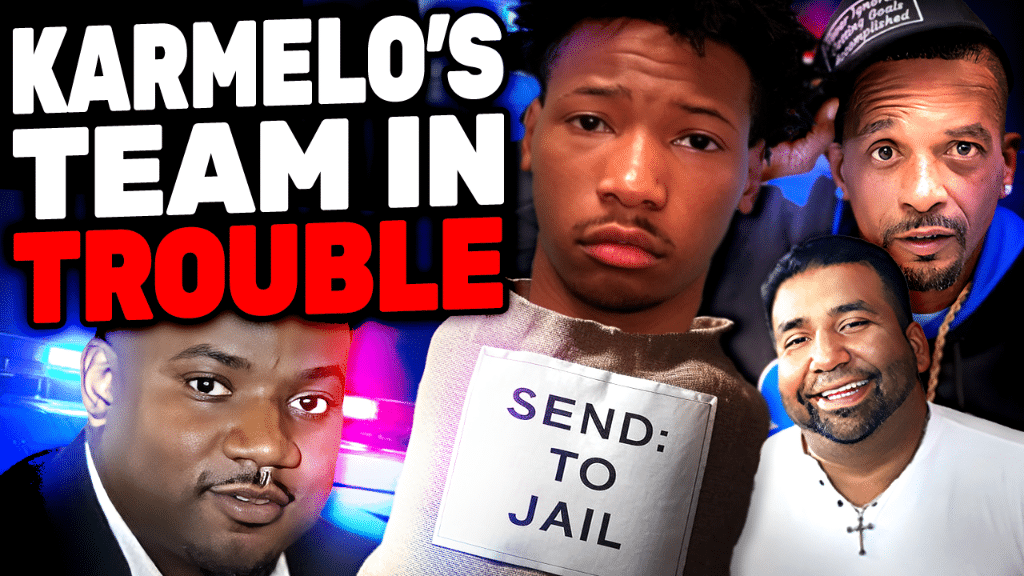
Halloween Memories
October 31, 2024
Joe Rogan BOMBSHELL Over Trump Interview CENSORSHIP! Youtube ADMITTED IT! New Brutal Details!
October 31, 2024In June 2023, YouTube decided to stop blocking false claims that President Biden stole the 2020 election from Donald Trump.
In the months that followed, YouTube became a hub for election conspiracy theories, misinformation, and lies. This content even brought in ad revenue for YouTube, which reported increased ad sales on Tuesday.
For four months of this year’s presidential campaign, Media Matters for America, a progressive group that monitors conservative media, studied the impact of YouTube’s decision. Though Media Matters often critiques conservative outlets, it’s widely used by journalists and researchers as a source on YouTube misinformation because it spends a lot of resources tracking the platform.

The New York Times reviewed Media Matters’ research independently, verifying the videos and checking if YouTube added ads or fact-check labels to them.
Between May and August, Media Matters followed 30 popular YouTube channels known for sharing election misinformation. They wanted to understand the narratives these channels were promoting before the November election.
These 30 conservative channels posted 286 videos containing election misinformation, which together got more than 47 million views. YouTube made money on over a third of these videos by adding ads, the researchers found. Some creators also earned money through these videos and other YouTube Partner Program features.












